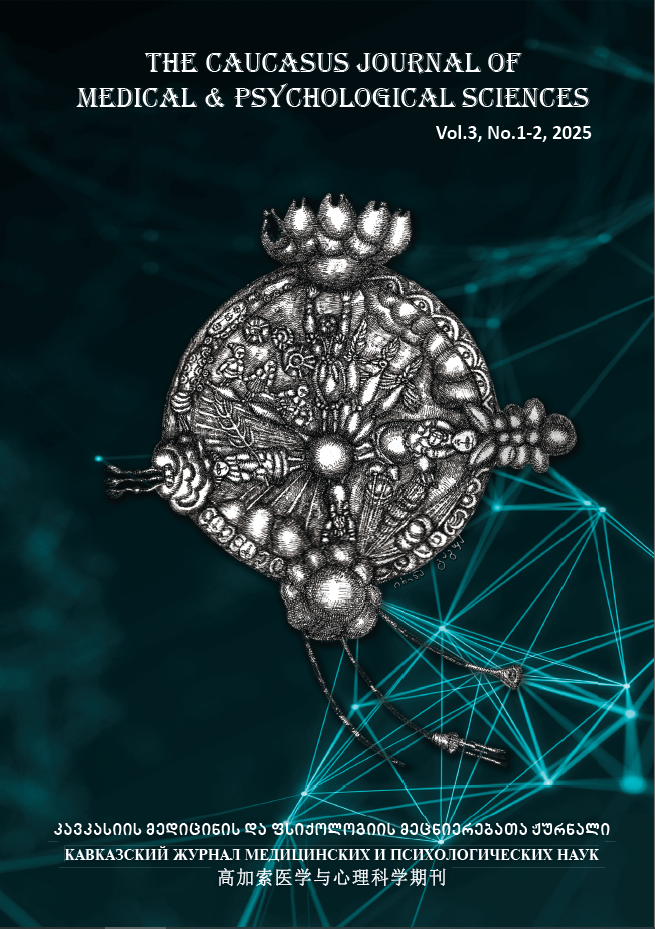Psychophysical and Physical Methods in The Complex Treatment of Vitiligo
DOI:
https://doi.org/10.61699/cjmps-v3-i1-2-p19-29Keywords:
acrofacial vitiligo, complex treatment, acupressure, point massage, pressure point massage, point self-massageAbstract
As is known, the clinical manifestation of vitiligo has a significant negative impact on the quality of life, self-esteem and psycho-social well-being of the patient. The stigmatizing effect of a cosmetic defect, long-term chronic course of vitiligo is a common cause of progression of dermatosis. Based on the above, an alternative treatment method is proposed in the work, including the use of a variety of psychophysical therapy (point self-massage: massage of the “anti-stress point”, “exercise for improving sleep”), phototherapy of lesions in the complex treatment of acrofacial vitiligo. To study some psychological characteristics of patients before and after treatment, the “personal scale of anxiety manifestation” and the Beck Depression Scale were used. Before treatment, both groups of patients had a high level of anxiety (25-30 points). As shown by the results of the study, after complex treatment in the main group of patients (n = 18) compared to the comparison group (n = 17), the level of anxiety was significantly reduced (5-15 points). While in the comparison group this indicator remained high (25-30 points). According to the results of the Beck questionnaire, both groups of patients noted mild depression (10-18). After treatment in the main group of patients, the total depression score in 10 patients was 9 points ( no depressive simptoms), in 8 cases there were mild depressive symptoms. In the comparison group, the total depression score still corresponded to the moderate depression indicator. Along with positive dynamics in the level of anxiety and depression indicators, the main group showed earlier appearance of foci of repigmentation on the face, and the repigmentation itself was uniform without signs of hyperkeratosis and peeling. Availability, simplicity, possibility of home use, absolute safety, efficiency allow us to recommend the proposed method of treatment as an alternative method of therapy for patients with vitiligo.
References
Baumann L. Cosmetic dermatology. Principles and practice / Leslie Baumann ; translated from English; edited by Doctor of Medical Sciences, prof. N.N.Potekaev. – M. : MEDpress-inform, 2012. – 696 p. [in Russian]
Bleicher V. M. Clinical patho-psychology. Tashkent: Medicine Publ., 1976. 325 p. [in Russian]
Dinayka K.V. 10 lessons of psychophysical training. Moscow: Physical culture and sport, 1987. 63 p. [in Russian]
Dubrovsky V.I. Massage for skin diseases https://myvaleology. com/html/massaj/zabolev/koja/ koja-all.htm
Dubrovsky S.V. Practical guide to manual medicine. Moscow: Svetly STAN Publ., 2002— 592 p.
Koshevenko Yu.N. Vitiligo: clinic, etiology, pathogenesis, treatment, rehabilitation, prevention. Cosmetics and Medicine, 2002.- 644c. [in Russian]
Koshevenko Yu. N. Phototherapy vitiligo: rationale, characteristics and clinical efficacy. Russian Journal of Skin and Venereal Diseases (Rossiyskii Zhurnal Kozhnykh i Venericheskikh Boleznei). 2001; 4(3): 58–66. [in Russian]
Myzina, K. A. Combined phototherapy of patients with vitiligo, taking into account the clinical and morphofunctional state of the skin and cytokine profile : abstract of the dissertation of the Candidate of Medical Sciences : 14.01.10 / Myzina Kristina Alexandrovna; [Place of defense: First Moscow State Medical University. I.M. Sechenov University]. -Moscow, 2018. 8.-23 p
Saranyuk R. V., Gosteva T. A., Agafonova E. V. Nesting alopecia is a classic comorbidity of vitiligo. Science of the young (Eruditio Juvenium). 2023. Т. 11, № 2. С. 215–221. [in Russian]
Habif Thomas P., Chapman M. Shane, Dinulos James G.H., Zug Kathryn A. (eds.) Skin Disease: Diagnosis and Treatment.4th edition. — Elsevier, 2017. — 652 p.
Abdel-Malek ZA, Jordan C, Ho T, Upadhyay PR, Fleischer A, Hamzavi I. The enigma and challenges of vitiligo pathophysiology and treatment. Pigment Cell Melanoma Res. 2020 Nov;33(6):778-787. doi: 10.1111/pcmr.12878.
Bergqvist C, Ezzedine K. Vitiligo: A focus on pathogenesis and its therapeutic implications. J Dermatol. 2021 Mar;48(3):252-270. doi: 10.1111/1346-8138.15743.
Dawber RP. Clinical associations of vitiligo. Postgrad Med J. 1970;46(535):276-277.
Eleftheriadou V, Atkar R, Batchelor J, McDonald B, Novakovic L, Patel JV, Ravenscroft J, Rush E, Shah D, Shah R, Shaw L, Thompson AR, Hashme M, Exton LS, Mohd Mustapa MF, Manounah L; British Association of Dermatologists’ Clinical Standards Unit. British Association of Dermatologists guidelines for the management of people with vitiligo 2021. Br J Dermatol. 2022 Jan;186(1):18-29. doi: 10.1111/bjd.20596.
Ezzedine K, Eleftheriadou V, Whitton M, van Geel N. Vitiligo. Lancet. 2015 Jul 4;386(9988):74-84. doi: 10.1016/S0140-6736(14)60763 -7;
Nahhas AF, Braunberger TL, Hamzavi IH. Update on the Management of Vitiligo. Skin Therapy Lett. 2019 May; 24(3):1-6.

